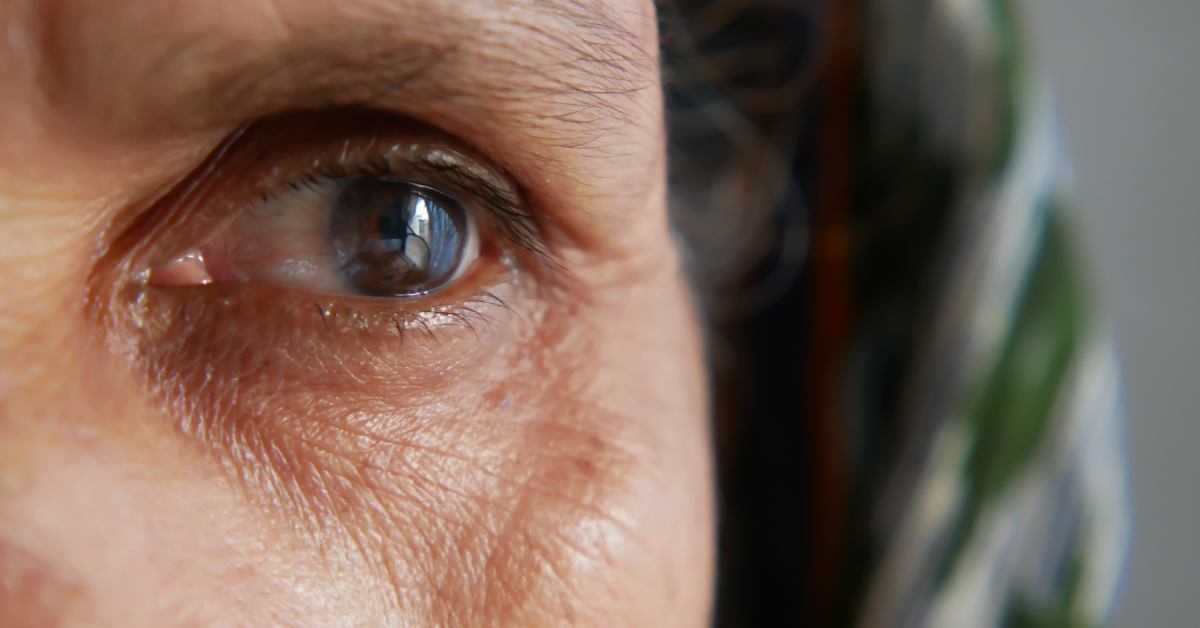Normal changes in your eyesight occur as you get older. Having trouble differentiating between colors, losing the capacity to see up close, or needing time to adjust to changes in light are all common changes. More drastic issues, like eye pain, double vision, seeing floaters, or sudden blurriness can indicate serious problems, letting you know it’s time to visit a doctor.
Early detection of these symptoms and taking preventative measures can help control these diseases. Here are some tips to keep your eyes healthy at any age:
- 1. Get your eyes checked regularly.
Even if their eyes are perfectly healthy, everyone over age 50 should undergo a dilated eye exam once a year to detect visual problems as early as possible. Some eye diseases can have little to no early symptoms. Annual eye exams can catch hereditary eye diseases like glaucoma early and prevent further deterioration.
- 2. Be familiar with your family history.
Knowing whether eye diseases run in your family can help you take the necessary precautions to avoid or control them.
3. Quit smoking.
Smoking increases your risk of cataracts, age-related dry macular degeneration (AMD), glaucoma, and Dry Eye Syndrome. Smokers are two to three times more likely to develop cataracts and twice as likely to develop AMD compared to nonsmokers. Learn more about how to quit smoking here.
Create an eye-friendly environment. Wear sunglasses outdoors (reduce sun exposure if necessary) and use eye drops to relieve irritation and dry eyes.
- 5. Take care of your body.
Healthy eating, exercise, and a good night’s sleep can all benefit eyesight. Carrots aren’t the only food that are good for vision, though. Foods rich in omega-3 fatty acids (salmon, tuna), leafy greens, and whole grains are a few that can help ward off eye problems. See what other foods help protect vision here.
Although eye exercises have not been proven to prevent inherited or serious eye diseases, they can reduce eye strain and improve comfort. Try out the Figure 8, focus change, or near and far focus exercises to reduce headaches and digital eye strain.
- 7. Give your eyes a break.
If eye exercises aren’t your thing, just rest your eyes. If you spend a lot of your day on the computer, try taking breaks every 20 minutes to stare 20 feet away for 20 seconds. You could also give blue light glasses a try to prevent eye strain. At the very least, close your eyes for 1 minute every hour to prevent eye fatigue or exertion.
Wellzesta
Wellzesta’s Life and Elevate wellness content offers users fresh content every week to help them along their wellness journey.
Life’s user-friendly technology allows residents with low vision to enlarge text or have it read aloud for their convenience.
Click here to learn more about Wellzesta or connect with a member of our Sales team.




